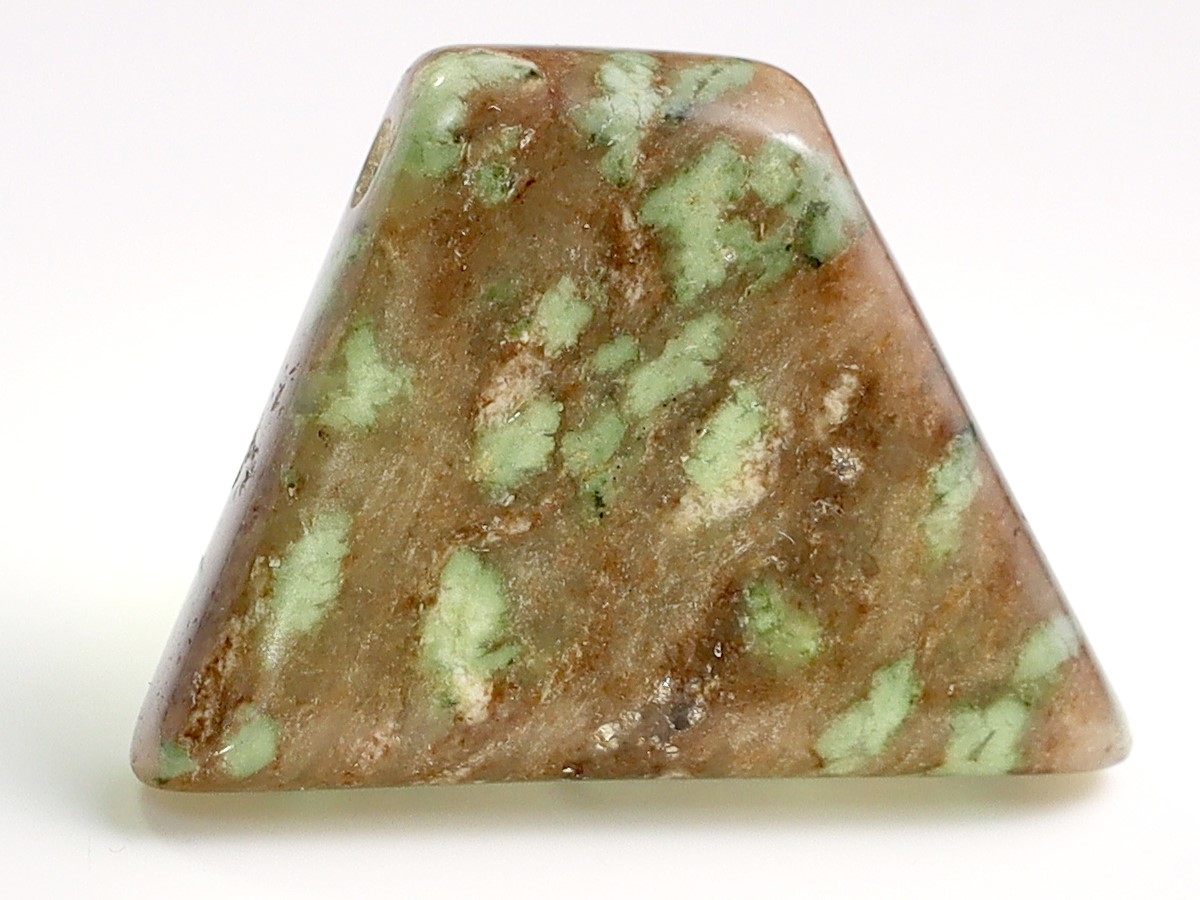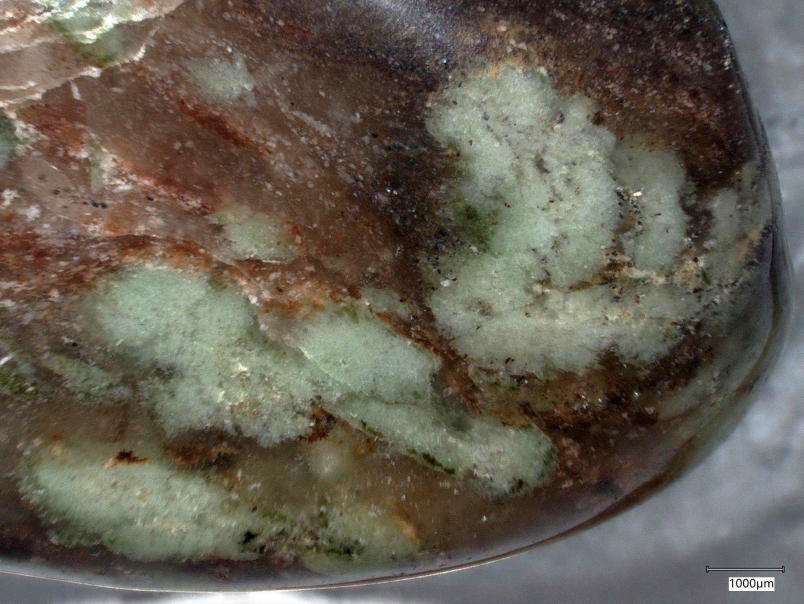
Fig. 1: Nundorite - an metamorphically altered phonolitic volcanic rock
Photo: K. Sieber, www.makrogalerie.de
_____________________
There are not only different names and spellings for this rock from Australia in the literature and in the trade, but also different places where it was found. It is questionable whether all these informations mean exactly the same rock.
The rock examined in the EPI laboratory comes from New South Wales in Australia. It shows light green, cloudy areas embedded in a pinky-beige to brown matrix (Fig. 1). Small particles of opaque ore minerals are unevenly distributed throughout the rock.
Rock analysis

Fig. 2: Magnification of nundorite rock.
Foto: J. Lorenz
Detailed gemological/mineralogical investigations were carried out to characterize the Nundorite rock currently on the market. Advanced analytical techniques such as Raman laser analysis and X-ray diffraction spectrometry were used for this purpose. Using these techniques, the light green, cloud-like areas are identified as the pyroxene mineral aegirine and the brownish groundmass as the zeolite mineral natrolite, which is intimately intergrown with potassium feldspar (microcline).
The presence of jadeite, epidote or andalusite claimed on various websites could not be confirmed.
Genesis
Nunderite probably formed from a quartz-poor (mafic) igneous rock, which consisted of a lot of feldspar and some larger pyroxene crystals (porphyroblasts). Based on isotope measurements, L. Y. Johns-Mead & C. Spandler (2024) identified the potential source rock as phonolite.
This source rock was later transformed (altered) with the addition of sodium. The existing feldspar was largely decomposed and is only preserved as relis. At the same time, new zeolite minerals have formed, especially sodium-rich natrolite. The original high-pressure pyroxenes (Aegirin) have been preserved as "dissolved" relicts and are visible as green patches in the rock.
Conclusion
The mineralogical composition of the rock from Australia, which is currently marketed under the trade name “nundorite”, corresponds to a metamorphically altered volcanite (phonolite). An intimate intergrowth of Natrolite with feldspar forms the brownish groundmass. Partially decomposed aegirine is responsible for the greenish clouds in the rock.
Lit.
L. Y. Johns-Mead, C. Spandler & J. C. Lloyd (2024) Australian Journal of Earth Sciences (Published online)
Nundorite: a geological oddity of critical minerals significance from the Mount Arrowsmith Volcanics, northwestern NSW
Author: B. Bruder, © EPI - Institut für Edelsteinprüfung (www.epigem.de)



